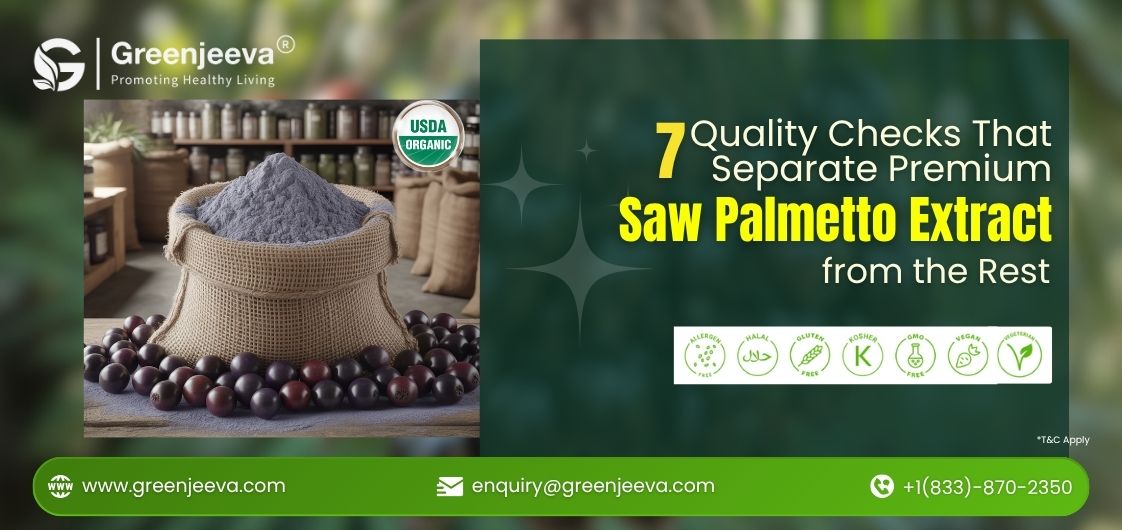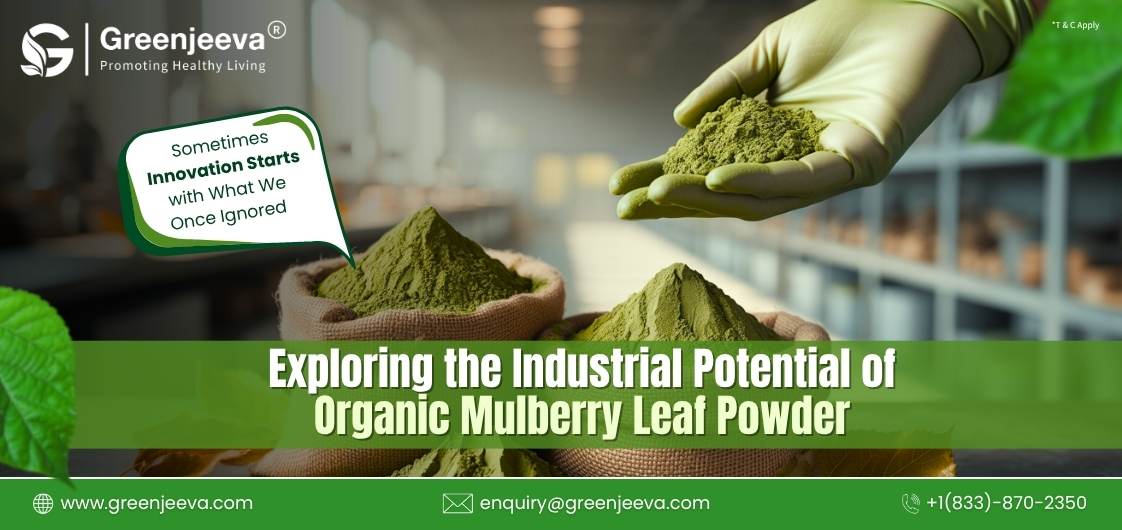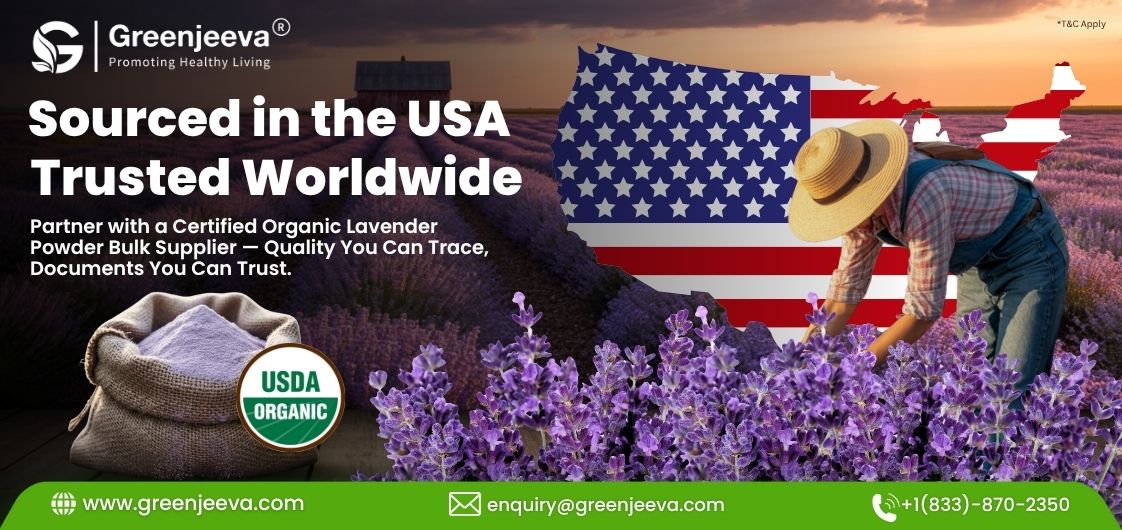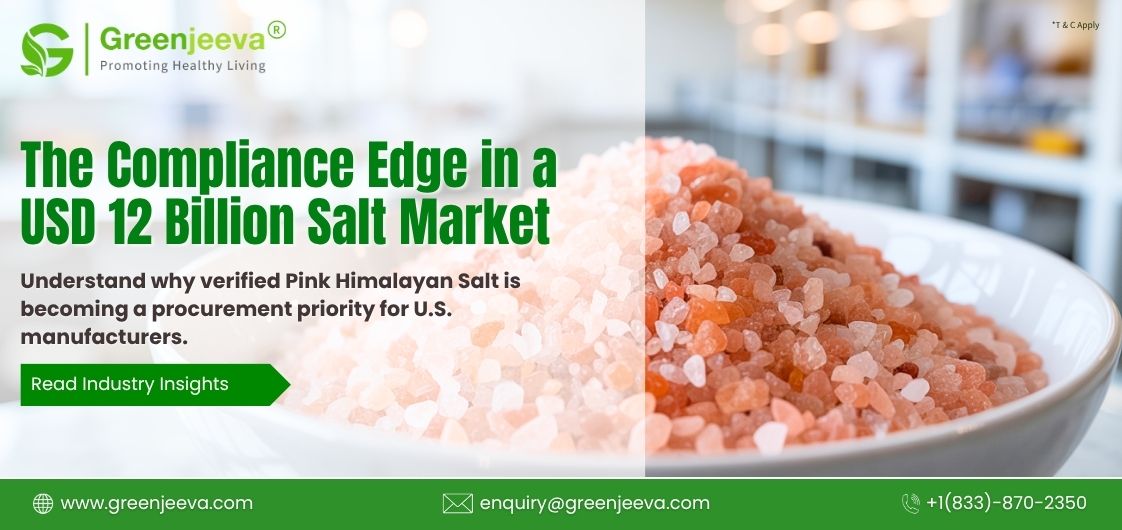How to Choose the Right Grade of Bulk Microcrystalline Cellulose for Your Formulation

Microcrystalline Cellulose (MCC) is widely recognized in formulation design for its versatility and functional reliability. It serves as a structural component, filler, and flow aid across dietary supplements, functional foods, and other plant-based formulations.
Among the available grades, Type 101 and Type 102 are the most commonly used. Each grade offers unique particle characteristics that influence flow, compressibility, and bulk handling. Understanding these differences is crucial for manufacturers and sourcing teams who need to ensure consistent product performance and smooth production processes.
This article focuses on Microcrystalline Cellulose Powder Type 102, highlighting its functional properties, industry applications, and sourcing considerations, while also providing a comparison with Type 101 to help teams make informed bulk procurement decisions.
What is Microcrystalline Cellulose Powder Type 102 and How Is It Made?
Microcrystalline Cellulose Powder Type 102 is a purified, partially depolymerized cellulose derived from plant pulp. It’s processed to achieve specific particle size and flow characteristics suitable for direct compression and dry-blend applications.
Type 102 MCC powder is typically produced through controlled acid hydrolysis of high-purity wood pulp, followed by filtration, washing, drying, and milling. The result is a fine, white, odorless powder composed almost entirely of cellulose a naturally occurring polymer of glucose.
Compared with finer grades,Type 102 has a larger average particle size(usually between 80–130 microns) and a higher bulk density. These attributes give it excellent flowability and compactibility, making it a preferred choice for direct compression processes and for blends requiring consistent die fill.
Many suppliers now focus onclean-label sourcing, ensuring pulp traceability, controlled processing environments, and compliance with international excipient quality standards. For formulation teams aiming for label transparency, such traceability has become a key purchase factor.
How Do MCC Type 101 and Type 102 Differ in Formulation Use?
The main difference between MCC Type 101 and Type 102 lies in particle size and bulk density, both of which affect how the powder behaves during blending and compression.
- MCC Type 101: Smaller particle size, typically 50 microns or less. Provides excellent binding and compactibility but lower flow properties. It’s often used when finer actives or smaller tablet sizes are required.
- MCC Type 102: Larger particle size and improved flow. Offers good compressibility with reduced dusting, ideal for direct compression and higher-speed production lines.
In practical terms,Type 101 behaves like a binder, while Type 102 functions as both a binder and flow aid, depending on the formulation design. Many manufacturers keep both grades in stock to adjust batch performance based on active load, granule size, and blending behavior.
What Functional Properties Make Type 102 MCC Powder Popular Among Formulators?
Type 102 Microcrystalline Cellulose is valued for its consistent flow, low moisture content, and ability to produce firm, uniform compacts without granulation.
- Excellent Flow and Packing:
The coarser particle structure of Type 102 minimizes segregation during blending and allows smoother die filling on automated lines.
- Direct Compression Capability:
Its balanced density and compressibility allow tableting without wet granulation a key factor in process efficiency.
- Low Moisture Retention:
Typical loss on drying values range between 3–5%, making it suitable for moisture-sensitive actives or hygroscopic ingredients.
- Inert and Neutral:
MCC Type 102 doesn’t react with most formulation components and contributes no flavor or odor, maintaining product consistency.
- Stable and Label-Friendly:
As a naturally derived cellulose, it supports clean-label formulations that emphasize plant-based or minimally processed ingredients.
How Do Formulators Decide Which MCC Grade to Use?
Choosing between MCC Type 101 and Type 102 depends on the target product form, flow requirements, and processing equipment.
When selecting a grade, formulation teams typically evaluate:
-Particle size compatibility:Fine actives often blend better with Type 101; coarse or granular actives suit Type 102.
-Flow performance:For high-speed lines or automated blending, Type 102 generally offers smoother handling.
- Compression strength:Both provide strong binding, but 101 may produce slightly harder compacts at equivalent compression force.
- Blend uniformity:Type 102 helps prevent segregation, especially in larger batch runs.
R&D teams often trial both grades to determine which performs optimally with their actives and excipients. Maintaining dual sourcing options ensures greater flexibility during scale-up or production changes.
What Should Buyers Check Before Sourcing Bulk Microcrystalline Cellulose 102?
Quality verification and documentation are essential before committing to bulk or wholesale MCC supply.
Procurement managers and QA teams should confirm:
- Certificate of Analysis (COA)with particle size distribution (D10, D50, D90), bulk/tapped density, loss on drying, ash content, and microbial limits.
- Compliance documentation such as GMP, ISO, Kosher, Halal, and, if applicable, Non-GMO or organic statements.
- Safety Data Sheet (SDS)outlining handling and storage guidance.
- Testing for heavy metals and microbial contaminants in accordance with current standards.
- Lot traceability from raw pulp to final packaging.
- Typical packaging for bulk MCC powder includes 25 kg bags, with some suppliers offering palletized or super sack options for industrial quantities. Always confirm shelf life, storage conditions, and retest intervals prior to purchase.
How Is Bulk MCC 102 Powder Used Across Industries?
Microcrystalline Cellulose Type 102 supports a wide range of industrial applications beyond supplements.
- Nutraceuticals and dietary supplements:As a direct compression filler or binder in tablet manufacturing.
- Functional foods and powdered beverages:As a bulking or anti-caking agent for uniform blends.
- Personal care and cosmetics:As a texturizer or stabilizer in dry powder systems and some emulsions.
- Pet and animal nutrition:As a carrier or filler for solid dosage formats and chewable supplements.
Because MCC is neutral, stable, and derived from renewable plant sources, it integrates easily into many formulation matrices without altering sensory or functional properties.
What Market Trends Are Influencing MCC Type 102 Demand in the USA?
The U.S. market continues to show stable growth for MCC Type 102, driven by efficiency-focused manufacturing and plant-based formulation trends.
Several factors support its sustained demand:
Shift toward cleaner, more transparent excipient systems that align with plant-derived sourcing narratives.
Adoption of direct compression methods by small and mid-size manufacturers aiming to streamline processing steps.
Wider use of MCC in functional nutrition and pet supplement sectors, where flow and compactibility are key for consistent quality.
As formulation technologies evolve, MCC Type 102 remains a cornerstone excipient balancing process performance, consistency, and scalability.
Conclusion
Selecting the right grade of Microcrystalline Cellulose Powder can significantly influence production stability and end-product quality. While bothType 101 and Type 102share the same chemical structure, their performance characteristics differ enough to warrant specific use cases.
For operations prioritizing flow, direct compression, and efficient high-volume runs, buying MCC 102 powder in bulk is often the preferred choice. Maintaining access to both grades allows formulation flexibility and ensures continuity in sourcing strategies.
Green Jeeva provides both Microcrystalline Cellulose Powder Type 101 and Type 102in bulk quantities for manufacturers across the nutraceutical, food, personal care, and pet nutrition industries. All materials are supported with free sample, detailed compliance documentation and rigorous quality checks to help your team source with confidence. Register & order now!
The Food and Drug Administration has not evaluated these statements. This product is not intended to diagnose, treat, cure, or prevent any disease





